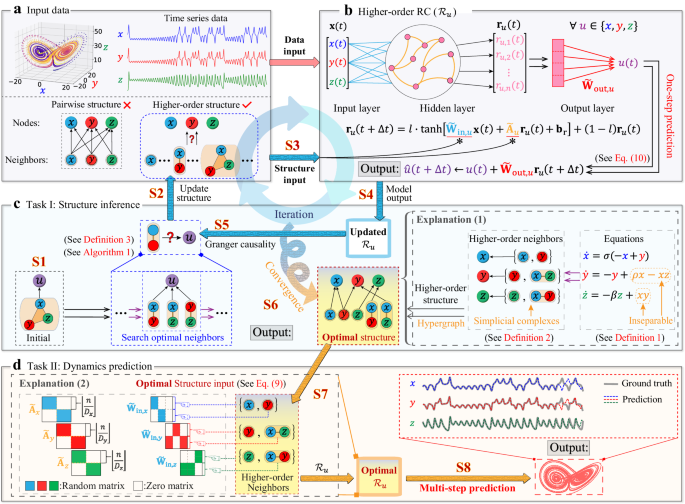
Higher-order Granger reservoir computing: simultaneously achieving scalable complex structures inference and accurate dynamics prediction
Nature Communications volume 15, Article number: 2506 (2024 ) Cite this article
Recently, machine learning methods, including reservoir computing (RC), have been tremendously successful in predicting complex dynamics in many fields. However, a present challenge lies in pushing for the limit of prediction accuracy while maintaining the low complexity of the model. Here, we design a data-driven, model-free framework named higher-order Granger reservoir computing (HoGRC), which owns two major missions: The first is to infer the higher-order structures incorporating the idea of Granger causality with the RC, and, simultaneously, the second is to realize multi-step prediction by feeding the time series and the inferred higher-order information into HoGRC. We demonstrate the efficacy and robustness of the HoGRC using several representative systems, including the classical chaotic systems, the network dynamical systems, and the UK power grid system. In the era of machine learning and complex systems, we anticipate a broad application of the HoGRC framework in structure inference and dynamics prediction.
Machine learning has been recently recognized as a vital engine in efficiently addressing numerous scientific and real-world problems that are not easily solvable using traditional methods1,2,3,4,5,6. To this end, a significant effort has been devoted to applying model-free, machine learning methods to those observational data of time series for analyzing and predicting complex dynamics, attracting tremendous attention7,8,9,10,11,12,13. Despite initial or/and partial successes, those machine learning methods still meet difficulties in typical scenarios where the investigated complex systems are of higher dimensions, replete with different types of interactions, and even exhibiting highly complex dynamical behaviors14,15,16,17,18. Thus, it is crucial to develop and implement delicate machine learning methods for not only uncovering internal interactions in such complex systems but also predicting their future evolution by leveraging the discovered interactions.

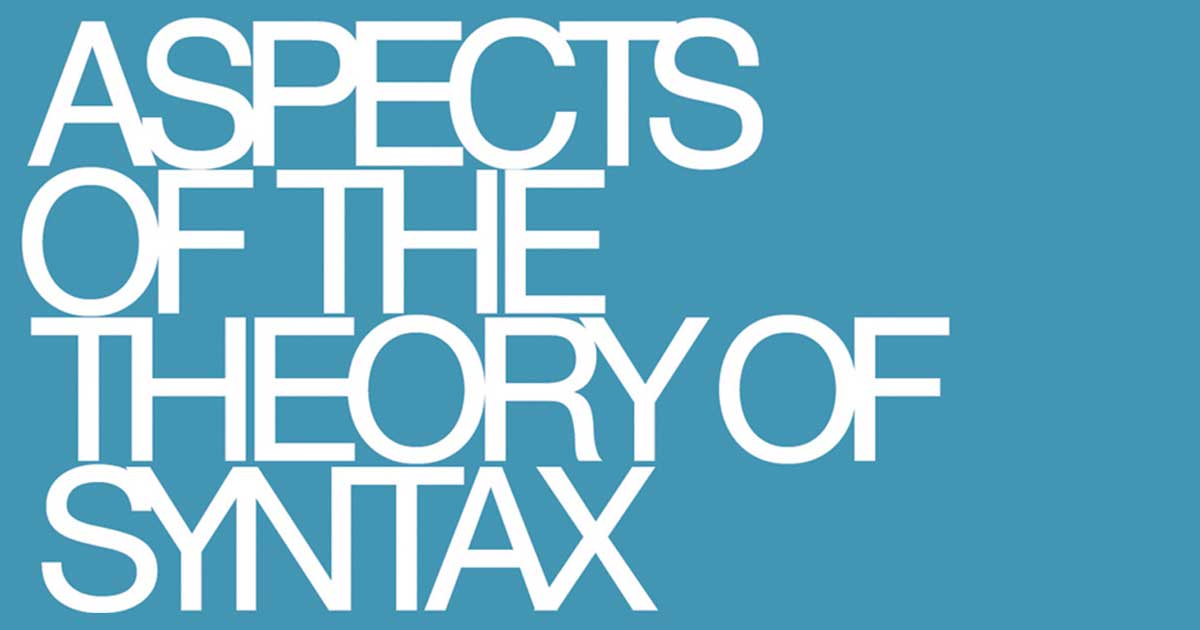








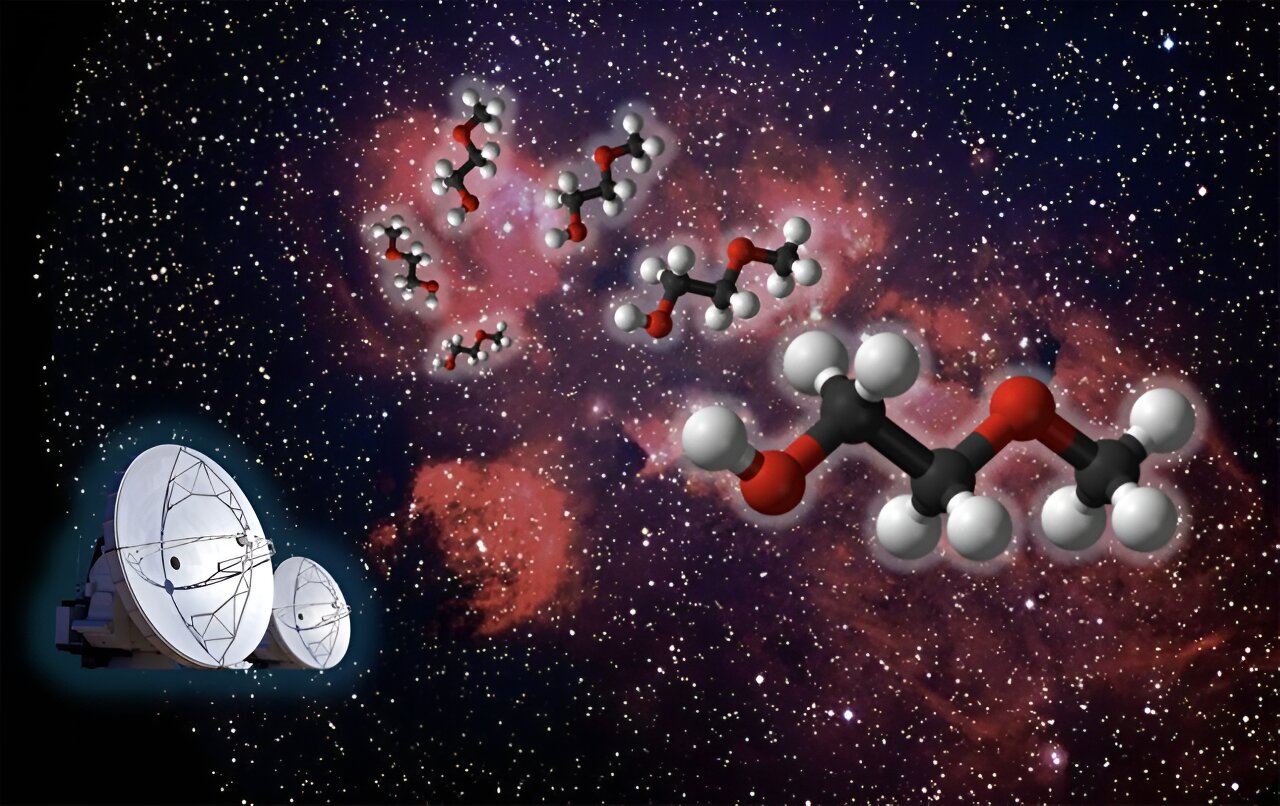







/cdn.vox-cdn.com/uploads/chorus_asset/file/23132594/zephyrprofronthero.jpg)

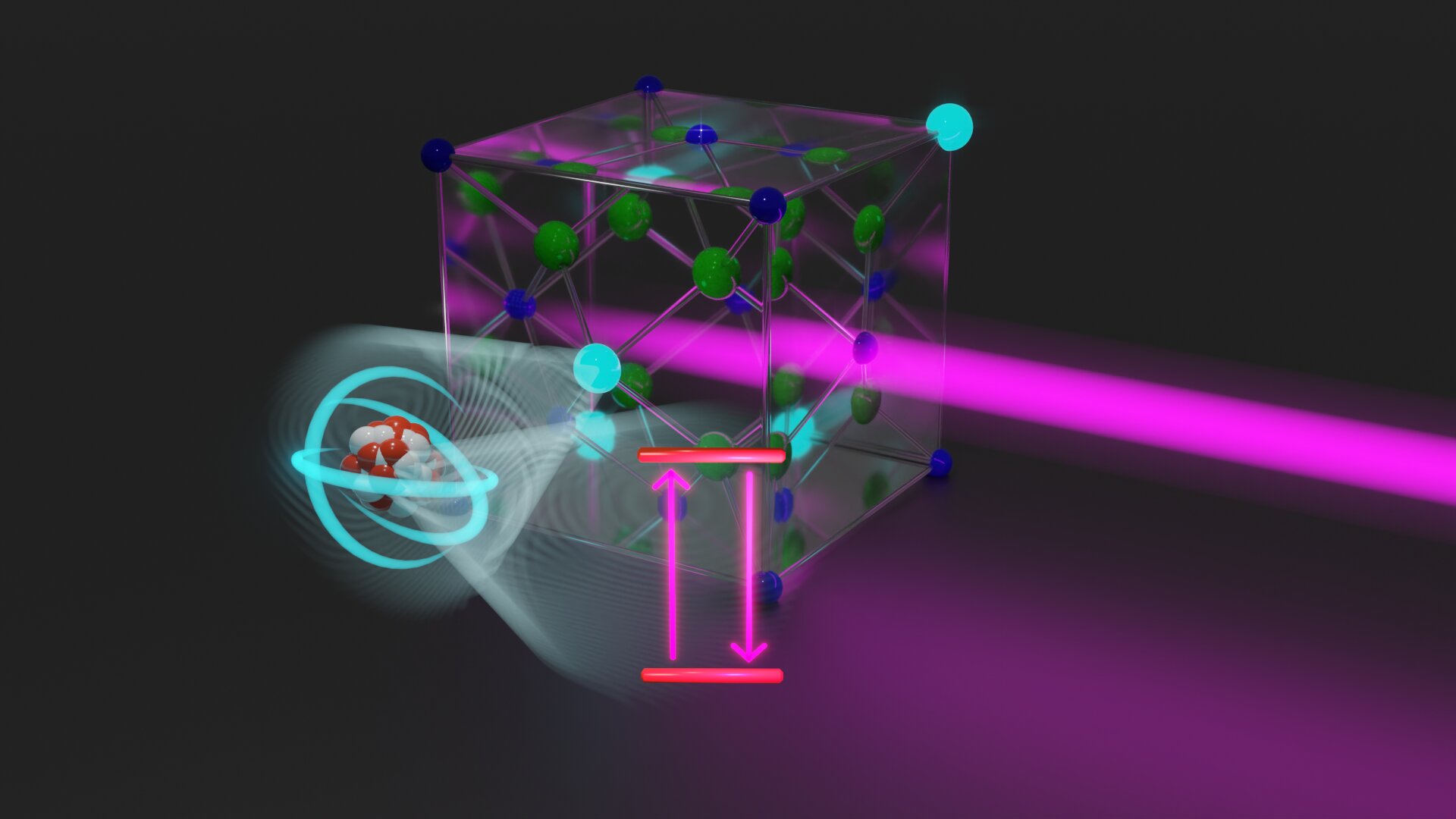

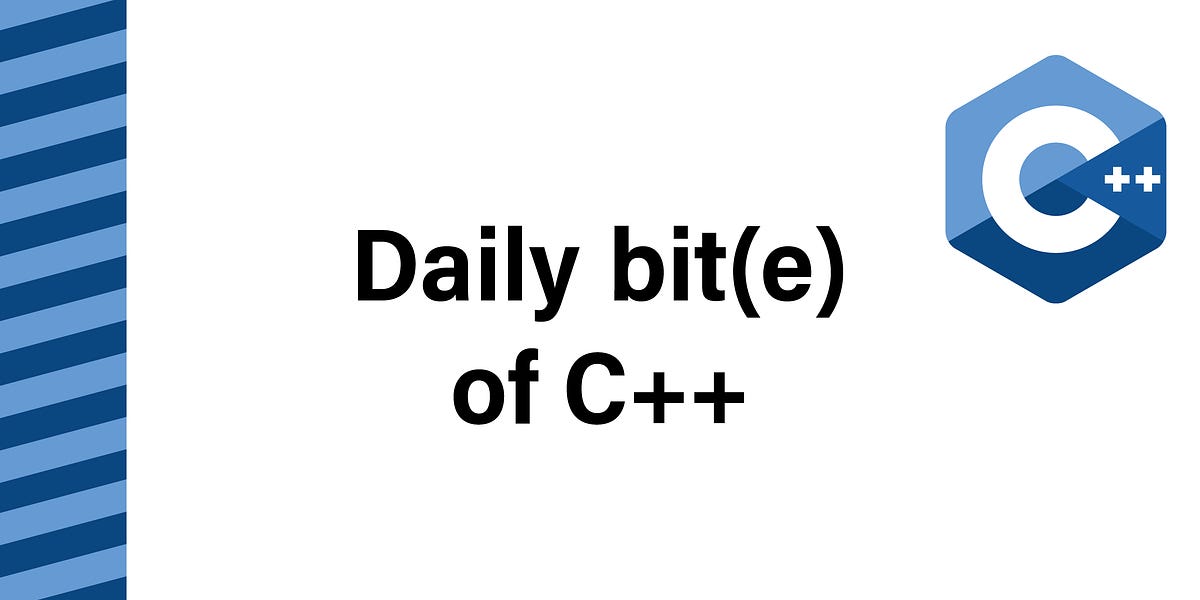
.png)
/cdn.vox-cdn.com/uploads/chorus_asset/file/24390406/STK149_AI_03.jpg)